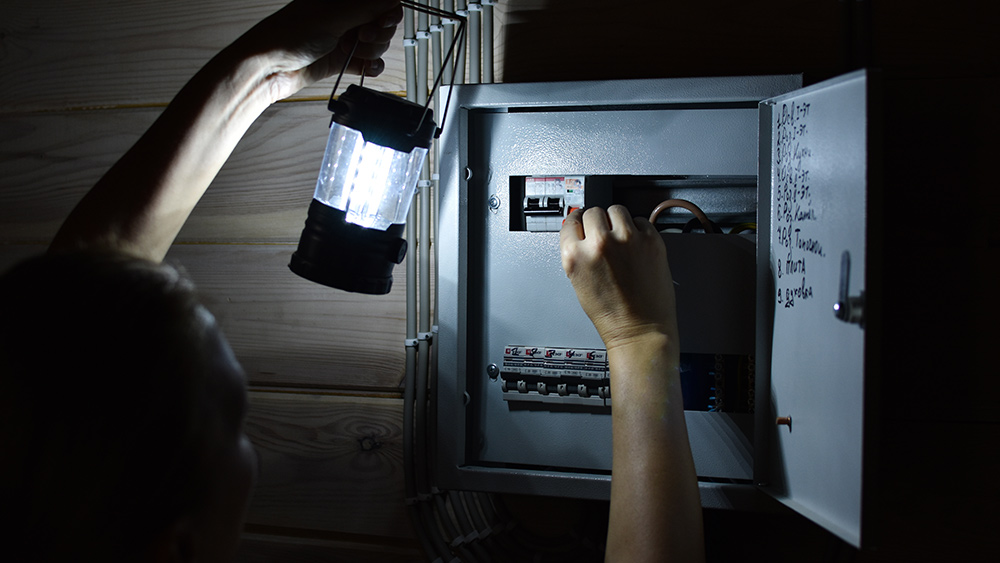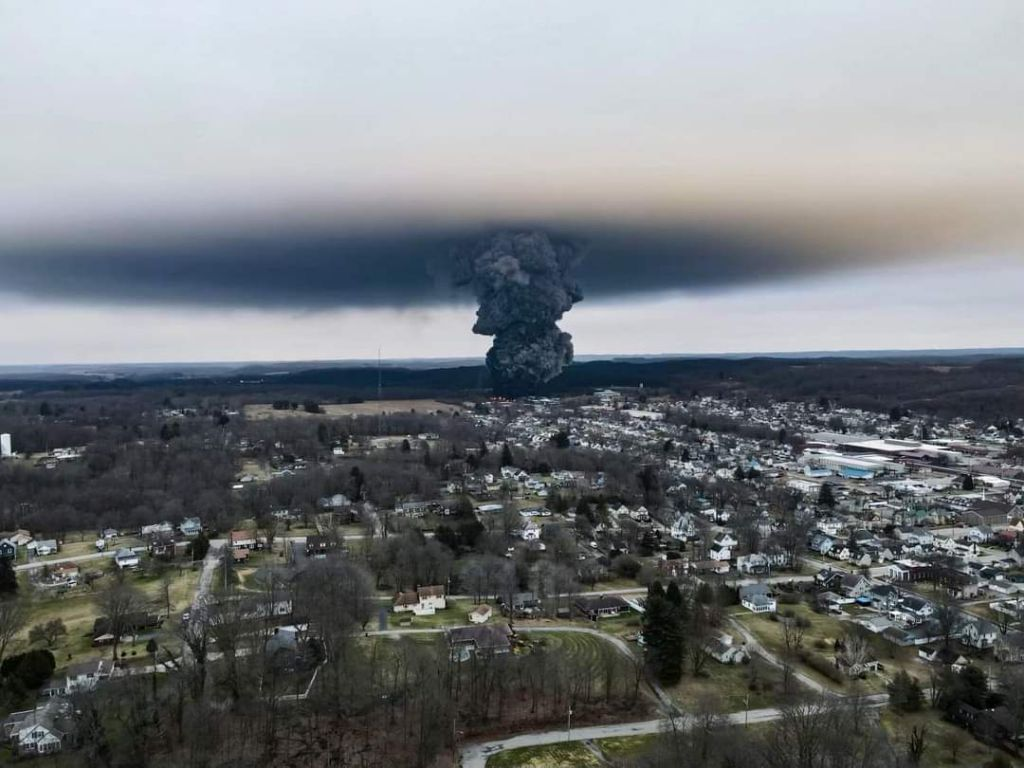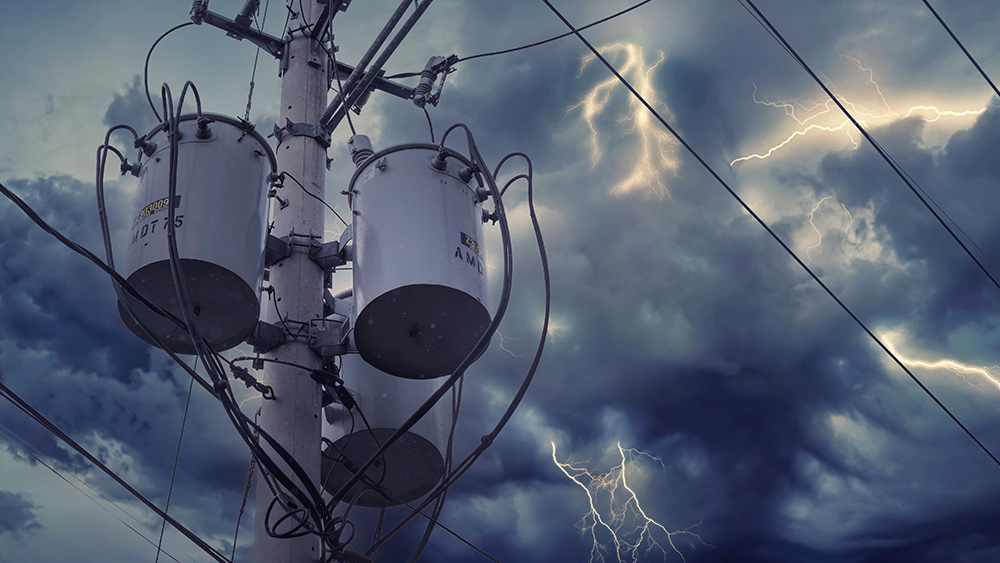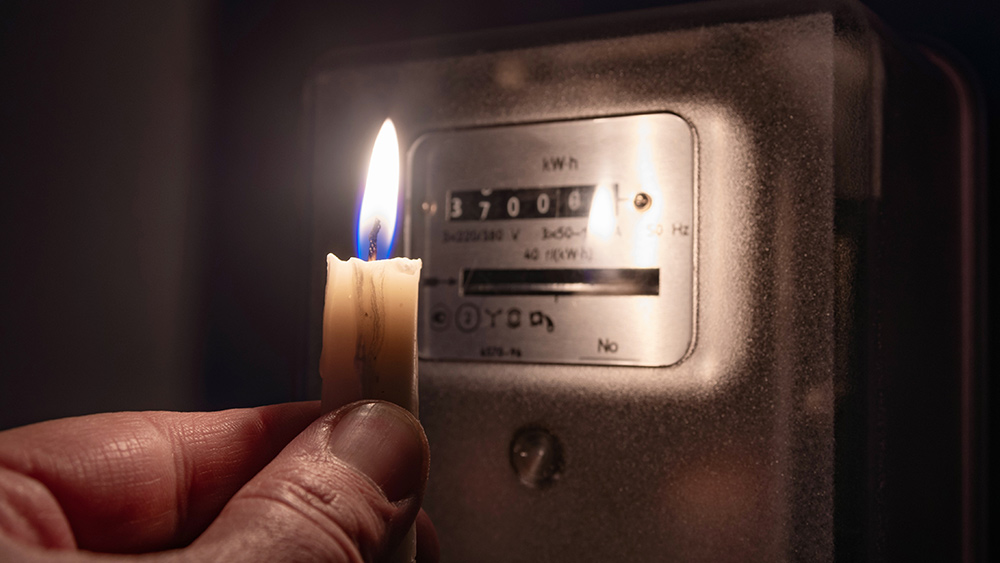
An energy expert has called the power emergency in Texas a "system-wide failure" at nearly every level that could have been prevented for a steep price.
Jesse Jenkins, assistant professor of energy systems engineering at Princeton University, pointed out that homes in Texas are not designed to deal with very cold weather, which caused customers to crank up the heat and drive up demand for electricity.
Jenkins said that at its peak, Texas was experiencing 3,000 megawatts more demand for electricity than the Electric Reliability Council of Texas (ERCOT) was able to account for in an "extreme load condition."
"This event falls outside all of the extreme scenarios [ERCOT] predicted," said Jenkins.
As Texas Gov. Greg Abbott and many other state Republicans blame frozen wind turbines and solar farms for underperforming and contributing to the energy crisis, Jenkins said that the freeze-ups at natural gas pipelines and other power plants are also part of the problem.
Around 30,000 megawatts-worth of thermal power plants in Texas are offline, representing nearly 45 percent of Texas' nuclear, gas and coal generators. Because of the widespread nature of Texas' system failure, Jenkins has placed some of the blame for this disaster on the generators and on ERCOT.
"ERCOT's job is to design the market incentives to make sure the power plants have the right incentives to be available and run the adequate generation," said Jenkins. "To be clear, they did make a plan and said 'We think our market is adequate to do this.' It clearly has not been [performing up to par] this week."
"That said," he added, "all the generators are individually responsible for ensuring they are available when they need to, and they have adequate financial incentive to ensure they are."
Jenkins claims that some of the upgrades ERCOT could have invested in include better weatherization or weatherproofing for its equipment and plants. This could have allowed power plants to keep running, preventing some of the state's supply issues.
Other preventative measures that Jenkins talked about include burying pipelines, purchasing more heating systems for wind turbines or requiring homes to have more insulation to better handle the extreme weather. (Related: Emergency preparedness: How to survive an energy crisis.)
"All of those cost more money though," commented Jenkins, "and the question is, how much do you want to spend up front for events that happen very rarely – but when they do, can be very dangerous given the cold conditions that can happen."
Millions of Texans continue to be affected by power outage
As of Wednesday morning, Feb. 17, around 2.7 million households in Texas still did not have electricity, even though the manager of the state's electric grid said utilities were able to return power to around 600,000 homes the previous night.
"We know this is hard," read a tweet from ERCOT, which manages the power for 26 million people in the state. "We continue to work as quickly and safely as possible to restore power… We hope to reduce outages over the course of the day."
Oncor, the state's largest electricity provider, reported early Wednesday that ERCOT was still ordering it to continue the rolling blackouts due to a lack of power generation.
Oncor said some 668,000 of its customers continue to be affected by the outages, and it also refused to say when conditions would improve. It instead urged all of its customers to prepare for extended periods without electricity.
"Oncor was able to rotate some outages overnight," said the company in a statement, "but poor grid conditions have continued to prevent us and other utilities from rotating or rolling the entirety of these outages, leading to extended periods without power for many customers."
The extreme weather is also causing other problems in the state. For multiple days, Texans had to keep dripping their faucets to prevent frozen pipes from bursting. This has resulted in water levels becoming dangerously low, and authorities have warned that the water may be unsafe to drink.
Cities all over the Lone Star state have already issued notices asking residents to boil the tap water before using it for drinking, cooking, brushing teeth and making ice.
"Water pressure is very low," tweeted Houston Mayor Sylvester Turner Wednesday morning. "Please do not run water to keep pipes from bursting. Turn off water if pipes have burst. Please contact us if you don't know how to turn off water. Be conservative on water usage today. It is needed for hospitals and fires."
Austin Mayor Steve Adler made a similar statement, acknowledging on Wednesday afternoon that, at the time, telling residents to drip their faucets was the correct guidance. But that is no longer the case. He has told people to "shift gears and conserve water."
According to a spokesperson from the Texas Commission on Environmental Quality, around 590 public water systems in 141 counties have reported disruptions in service, affecting over 11.8 million Texans as of late Wednesday afternoon.
Learn more about the disaster Texas is currently going through by reading the latest articles at GreaterTexan.com.
Sources include:
Please contact us for more information.





















